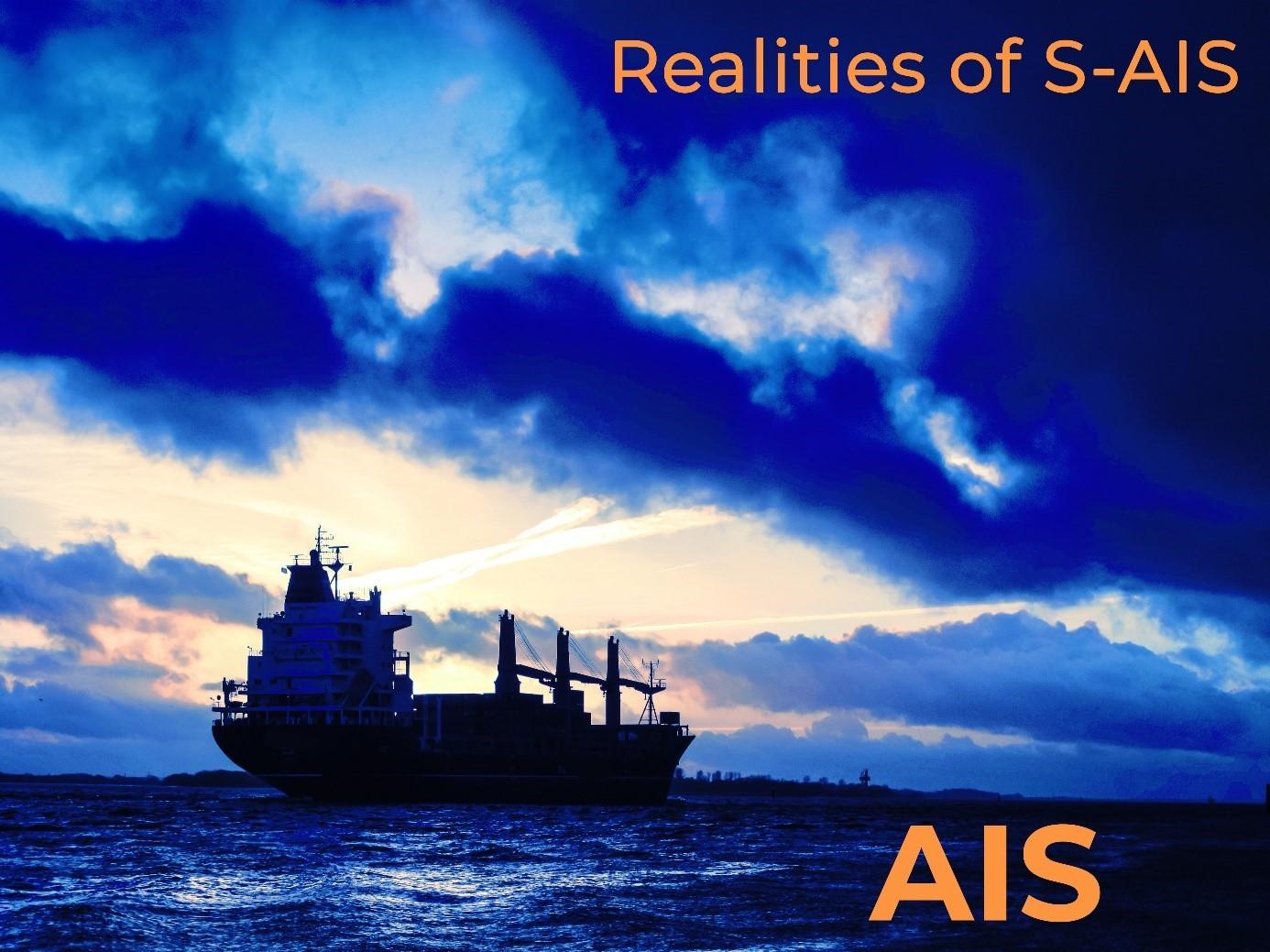
Illegal fishing, piracy, inadvertent nature preserve trespass and damage to ships are some of the most discussed topics at the latest shipping and maritime developer conference, SEADEVCON in September 2018. Experts agree that to tackle these issues, better and more accurate monitoring of vessels is of critical importance. The Automatic Identification Systems (AIS) transmitted information about vessels' identity and location provide a source for much needed, more accurate insight into marine traffic. But what exactly is AIS and how can we benefit from it?
Illegal fishing, piracy, inadvertent nature preserve trespass, and damage to ships are some of the most discussed topics at the latest shipping and maritime developer conference, SEADEVCON in September 2018. Experts agree that better and more accurate monitoring of vessels is of critical importance to tackle these issues. The Automatic Identification Systems (AIS) transmitted information about vessels' identity, and location provides a source for much-needed, more accurate insight into marine traffic. But what exactly is AIS, and how can we benefit from it?
This series of blogs and articles will share what we at Maerospace have learned about the realities of global AIS and Satellite-AIS (which will refer to as simply AIS from here on). Over the past decade, we have worked with every satellite AIS supplier and with users and analysts from around the world. In our work to provide a vastly improved maritime domain awareness data feed using advanced analytics, we have developed a deep understanding of what goes on in the complex global network of sensors that support AIS. Our goal in this series is to share what we have learned in hopes that this precious resource can continue to be enhanced. With a proper understanding of the system, this unique global resource can be a critical tool to help save lives, guard the borders, protect the environment and enhance trade.
This is not another beginner's guide to AIS or S-AIS. Instead, we are going to delve into the workings of AIS as a system for understanding the maritime domain: How AIS is Used, Myths about AIS, the Quality and Timeliness of AIS data, Satellite-AIS Realities and the Future of AIS for Maritime Domain Awareness.
Coastal versus Satellite AIS
To kick off our discussions, let's explore the differences between these two systems. Most S-AIS data providers will include a coastal (Terrestrial) feed as part of their overall service. As valuable as this is, it can create misleading quality metrics. A receiver collects coastal data, usually mounted on a tower near ports. These receivers are inexpensive, and thousands have been distributed around the world. Nations, companies, and individuals deploy receivers, and there are no restrictions on their use. Many companies have networks of individuals who place a receiver at their homes with a view of the sea and integrate the data received into a global view.
The range of coastal receivers are controlled by three factors: the height of the antenna, the presence of any blockage (mountains, buildings, etc.), and the quality of the installation, including the degradation caused by exposure to the elements over time as well as the quality of equipment, cables, and initial installation. As you can imagine, the quality of the data received ranges from very high to very poor. With a good quality installation and an antenna height of around 100 feet (30m) where it can see the ocean, the receiver has a line of sight of about 12 miles to the horizon. AIS uses the VHF frequency, which bends around the earth's curve to some degree, and therefore the effective range is approximately 30 to 50 miles. In some instances, ships can be seen at 70 miles or more, but at long ranges, detection becomes intermittent and unreliable.
We will keep this initial article short and sweet. Next time we will begin a review of the key uses of AIS. Come back (or email us to get an early copy) to dive into the three key uses of AIS:
- Saving Lives
- Separating Good Guys from Bad Guys
- Making and Saving Money
